In February 2022, the Africa Tech Summit returned to Nairobi with over 500 delegates, 150 guest speakers, and more than 350 companies, with the aim of bringing African Tech leaders and international players together across three key summits.
February 2022 marks the 4th Africa Tech Summit
On February 22nd and 23rd 2022, the Africa Tech Summit returned to Nairobi for the 4th edition of the exposition. This two-day event will bring together over 500 delegates, 150 guest speakers, and more than 350 companies to share their insights on technology on the continent. Attendees, both companies and investors, had networking and business opportunities in the FinTech, Startup, and Mobile sectors. The goal was to connect startups and visionaries with industry leaders from across the world and there were opportunities for startups to pitch live on stage, along with attending workshops, use a deal room, and join venture showcases. Previous Africa Tech Summits have been held in Kigali, London, Washington DC, and Shanghai, all with the aim of bringing African Tech leaders and international players together.
Getting the necessary funding at the Startup Summit
Despite the Covid-19 pandemic, 2021 saw over $4.27 billion invested into African startups, a huge increase on 2020. In such a fast-moving ecosystem the Africa Tech Startup Summit is the perfect place for companies to pitch to investors. This summit, a recurring component of the Africa Tech Summit, will encourage collaboration and showcase investment opportunities with the aim of developing entrepreneurship and innovation in Africa. Industry leaders, corporations and startups will all have the opportunity to connect at the summit.
Crypto was prominent at the summit
FinTech (Financial Technology) solutions have become massively important across the continent, illustrated by the $200 million acquisition of Paystack and Beyonic by Stripe and MFS Africa, respectively. FinTech companies work with digital identity, remittance, cyber security, and payment and banking systems to offer services previously only available from traditional brick-and-mortar banks. This year’s summit focused on Decentralized Finance, a term for various financial applications of cryptocurrency or blockchain that has the potential to disrupt traditional financial intermediaries in Africa. This was continuing the theme set in the previous years where a Money and Blockchain Summit was held.
This year’s summit was supported by Celo and VerifyMe, and featured African Fintech leaders as they deep-dive into the opportunities offered by FinTech, Crypto and Decentralized Finance (DeFi) in Africa through conferences, panels, and organized sessions.
Tapping into Mobile Technology in Africa
Nearly 800 million people in Africa lack a mobile internet connection, but the sector is expanding quickly. By 2025 over 425 million people will be using mobile services on the continent, and the data center market in Africa and the Middle East attracted over $6.55 billion of investment in 2021. Opportunities are plentiful, and the Africa Mobile Summit featured keynotes, panels, and breakout sessions from across the sector. MarTech (Marketing Tech), gaming, connectivity, cyber-security, cloud computing, and application development were focused on during the mobile summit, which was supported by Ethiopian startup, Gabeya, a pan-African source for freelance professional talent that recently launched its talent mobile application. The 2022 Mobile Summit is the evolution of 2020’s Future Summit, which focused on new technologies across the African digital landscape.
Photo : resilient.digital-africa.co


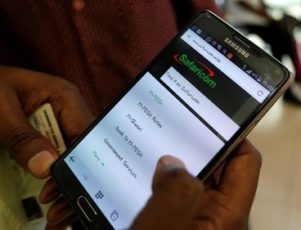
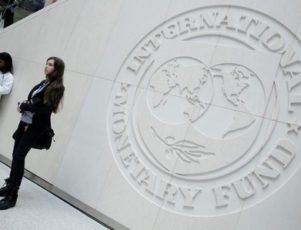
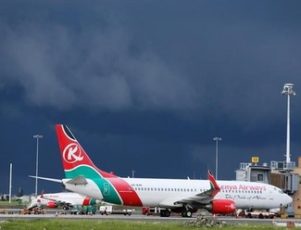


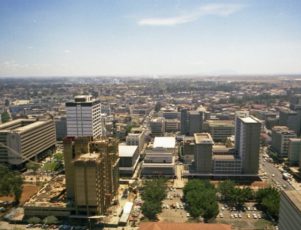
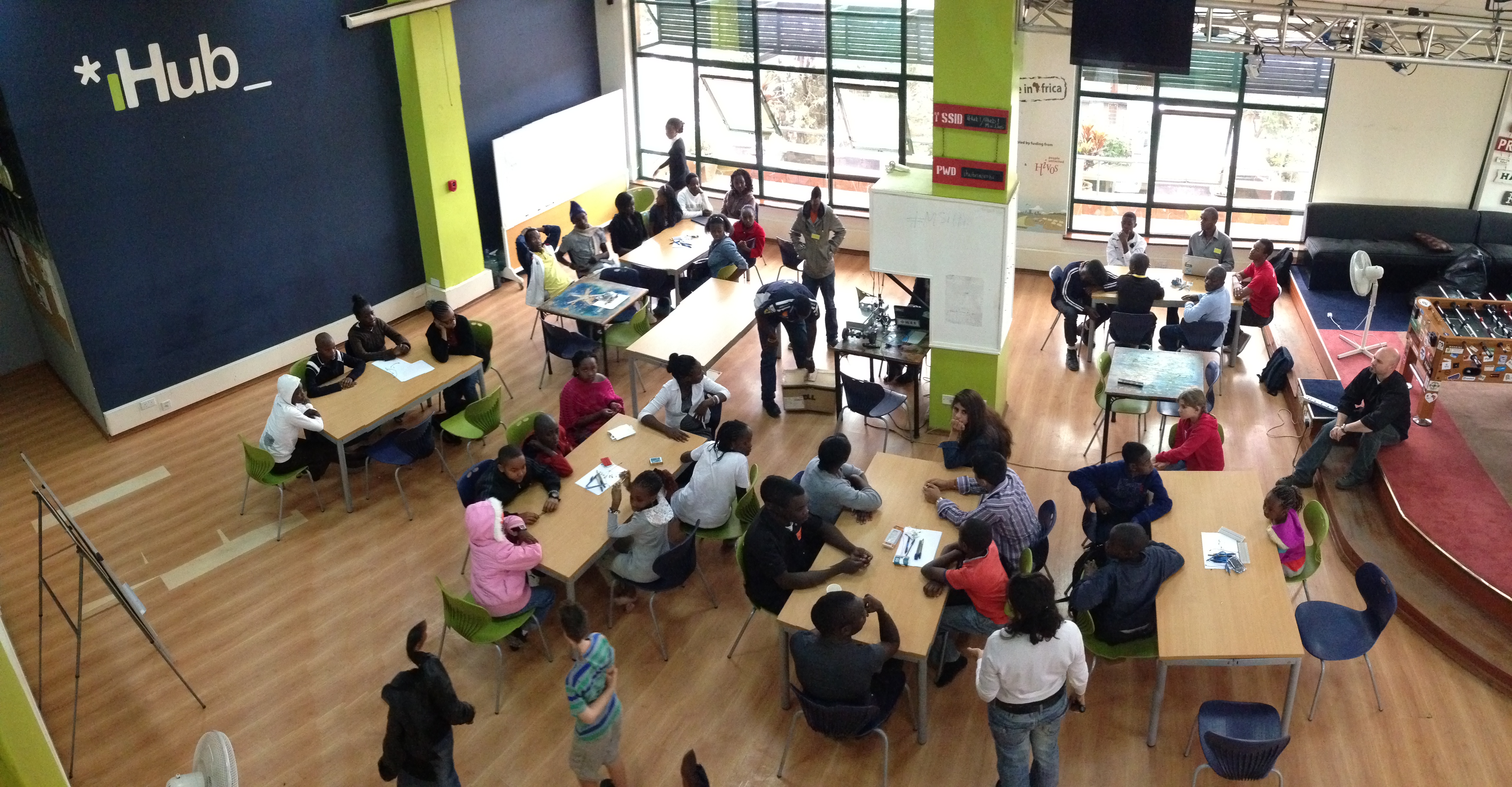






 Government support
Government support